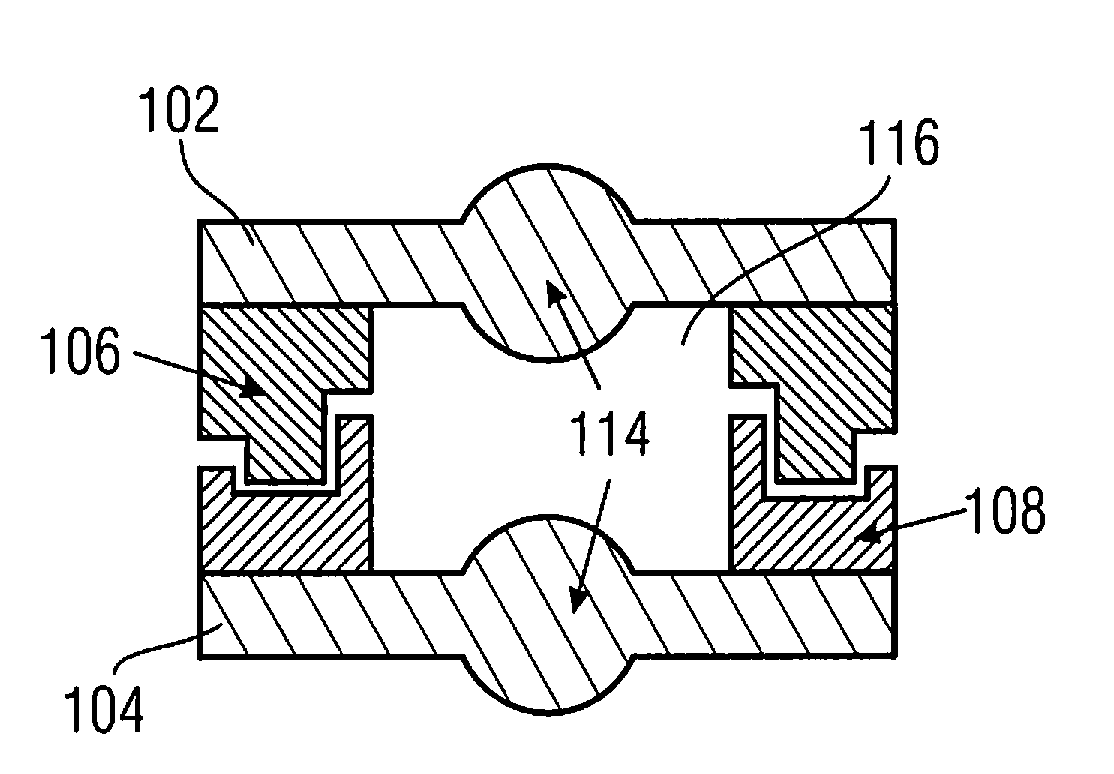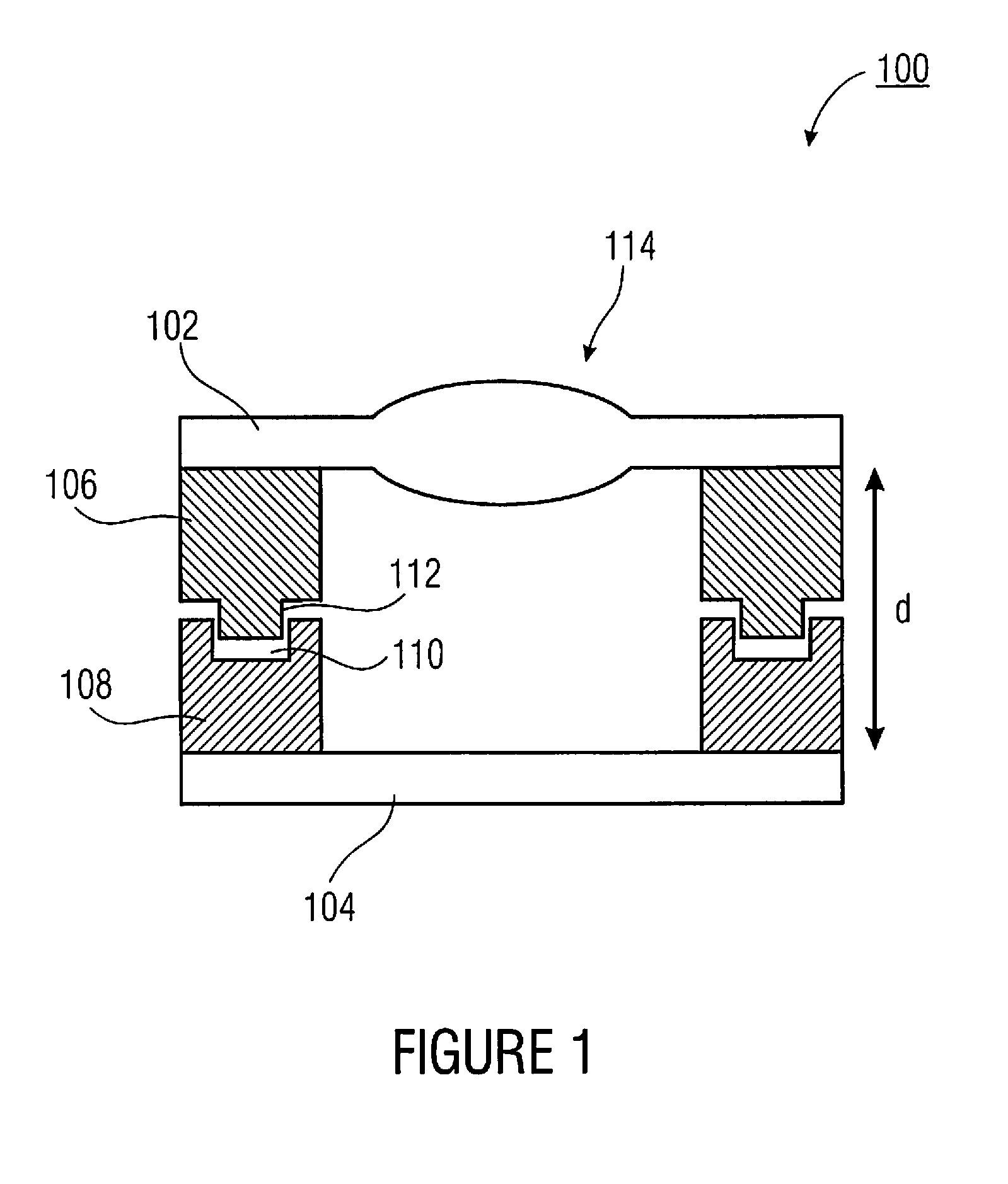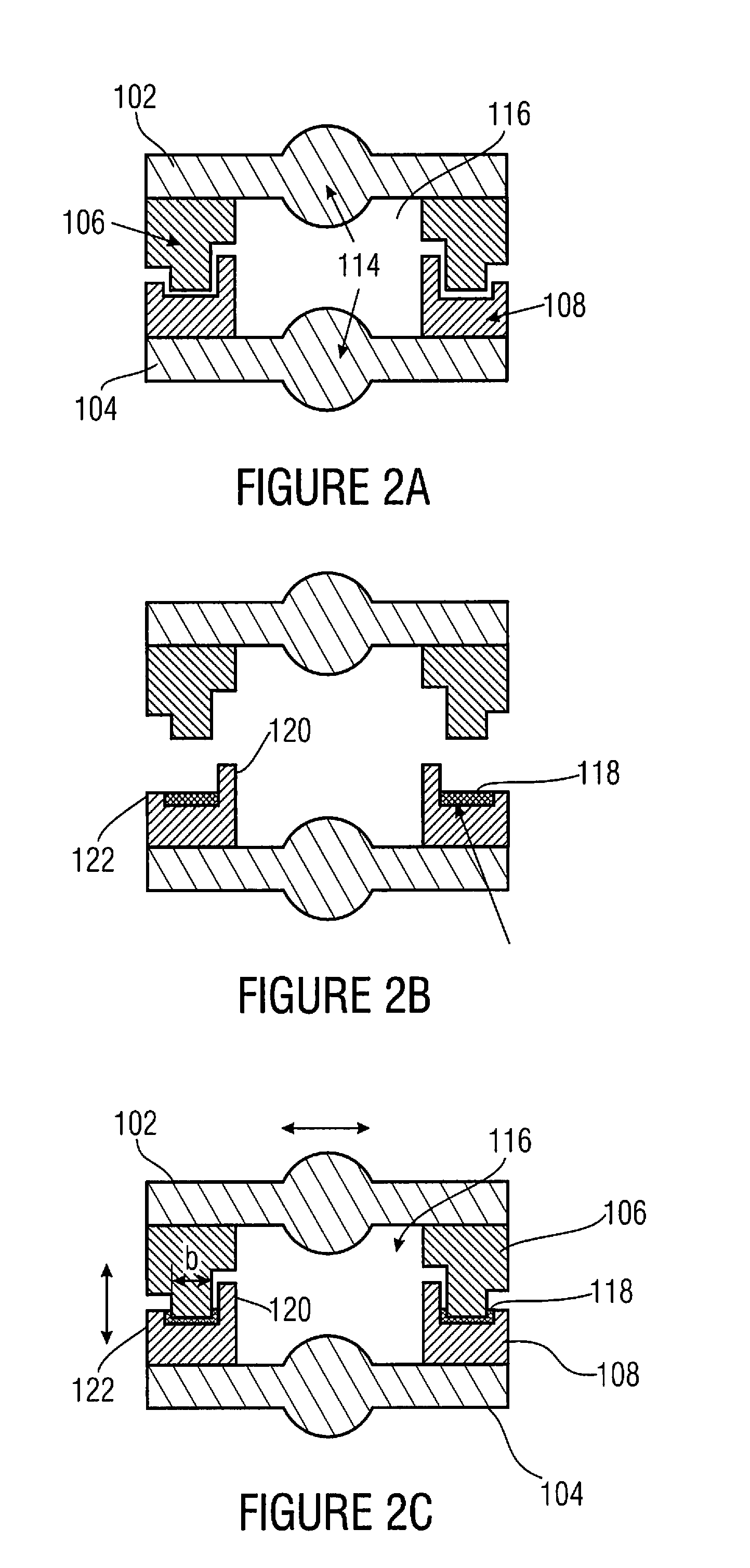Optical layer stack and method for manufacturing the same
a technology of optical layer and manufacturing method, which is applied in the field of optical layer stack, can solve the problems of deterioration of imaging quality, high manufacturing cost or little process yield, etc., and achieve the effect of reducing the cost of manufacturing additional needed spacer layers, less width, and less thickness
- Summary
- Abstract
- Description
- Claims
- Application Information
AI Technical Summary
Benefits of technology
Problems solved by technology
Method used
Image
Examples
Embodiment Construction
[0029]In the following description, in the different embodiments of the present invention like or seemingly like functional elements may comprise the same reference numerals. Thus, the description of those functional elements in the different embodiments illustrated in the following is interchangeable.
[0030]FIG. 1 schematically shows a side view of the optical or opto-mechanical layer stack 100 according to one embodiment of the present invention.
[0031]The optical layer stack 100 comprises a first layer 102 and a second layer 104. A first spacer part or portion 106 is associated with the first layer 102. A second spacer part 108 is associated with the second layer 104. The two spacer parts 106, 108 comprise groove 110 and tongue 112 for engaging in a stacking direction of the optical layer stack 100 in order to obtain a connection between the first spacer part 106 and the second spacer part 108 and a spacing of the first layer 102 and the second layer 104 in stacking direction.
[0032...
PUM
| Property | Measurement | Unit |
|---|---|---|
| Temperature | aaaaa | aaaaa |
| Temperature | aaaaa | aaaaa |
| Fraction | aaaaa | aaaaa |
Abstract
Description
Claims
Application Information
 Login to View More
Login to View More - R&D
- Intellectual Property
- Life Sciences
- Materials
- Tech Scout
- Unparalleled Data Quality
- Higher Quality Content
- 60% Fewer Hallucinations
Browse by: Latest US Patents, China's latest patents, Technical Efficacy Thesaurus, Application Domain, Technology Topic, Popular Technical Reports.
© 2025 PatSnap. All rights reserved.Legal|Privacy policy|Modern Slavery Act Transparency Statement|Sitemap|About US| Contact US: help@patsnap.com



